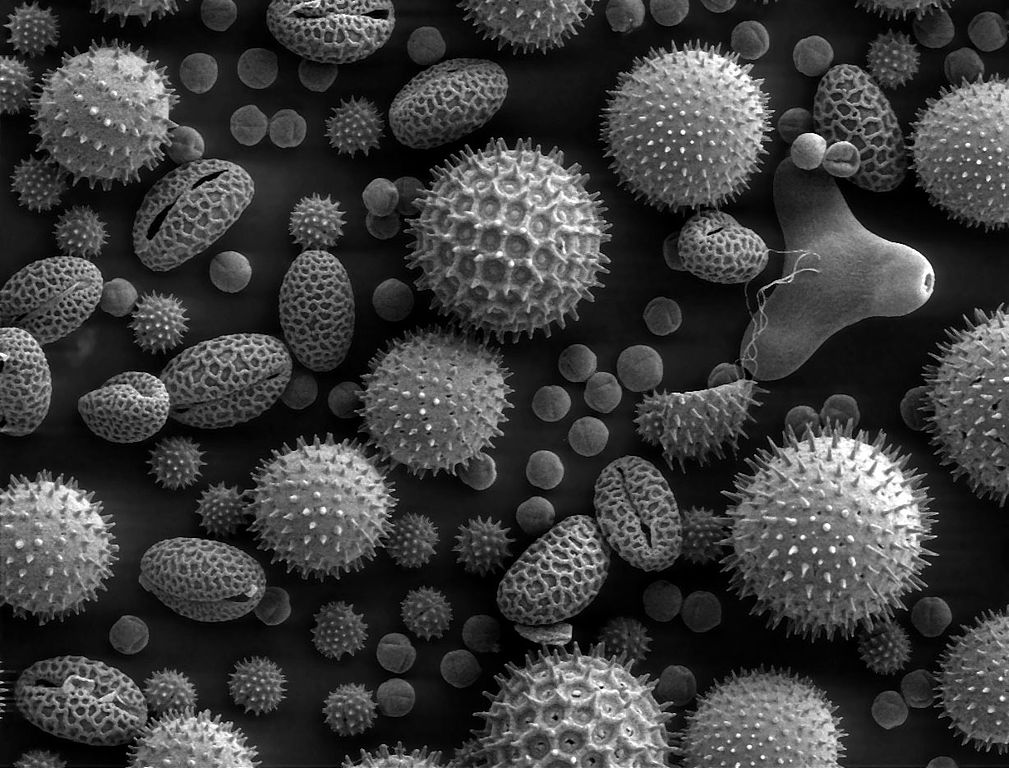Pollen dating is a super interesting and effective way to help archaeologists date sites and learn more about the environment around the site. Palynologists, experts in pollen dating and analysis, can figure out a lot about the area of a site by using pollen that has been stored in the ground. They can do this because pollen is almost indestructible and can be preserved for thousands and even millions of years. When looking at pollen we can separate trends into pollen zones which can help us date areas. When we find pollen in sites, if we can identify which pollen zone they resemble we can get a general idea of the timer period.

Yet how effective is it to not only find particles that range from 10-1000 microns but also learn about a society of people who were alive thousands of years ago? One example I found of effective use of pollen dating was at Catalhoyuk. Catalhoyuk is a UNESCO World Heritage site in south-central Turkey. Catalhoyuk is a neolithic site that is especially important because it is believed to be one of the first examples of an urban setting. This was a city where up to 10,000 people lived and farmed.
Pollen dating and analysis were used at Catalhoyuk to figure out a lot about the surrounding environment and to help date the site. Pollen analysis found a very high percentage of Cerealia-type pollen, up to 70%. This tells us that a lot of agricultural grains were being grown around the site. This presence of pollen can lead us to believe that grains were a huge food source for the residents of Catalhoyuk. By looking at where the pollen was the archeologist could even pinpoint where they think the fields were and where the grains were processed. Along with radiocarbon dating, archeologists could tell that this specific grain processing location was only active for 300 years. Using pollen analysis and radiocarbon dating gives archeologists multiple tools to figure out dates and information about sites. Although pollen dating and analysis can not tell us everything about a site it can be another useful tool to learn more about farming environments and even the location of things like food processing. Paired with tools like radiocarbon dating it can also help put dates on sites and artifacts.

Further Reading
more info about the Catalhoyuk site
More info on the Catalhoyuk site
https://www.catalhoyuk.com/archive_reports/1994/ar94_07.html
Pollen analysis info
https://link.springer.com/referenceworkentry/10.1007/978-1-4020-4411-3_192
References
John Eastwood, Warren , and Neil Roberts. 2007. “Pollen Analysis at Çatalhöyük.” Research Gate. January 2007. https://www.researchgate.net/publication/313718677_Pollen_analysis_at_Catalhoyuk.
Santiago-Marrero, Carlos G, Christina Tsoraki, Carla Lancelotti, and Marco Madella. 2021. “A Microbotanical and Microwear Perspective to Plant Processing Activities and Foodways at Neolithic Çatalhöyük.” PLOS ONE 16 (6): e0252312–12. https://doi.org/10.1371/journal.pone.0252312.
Stroud, Elizabeth, Neil Roberts, and Hakan Yiğitbaşıoğlu. 2018. “Comparing Pollen and Archaeobotanical Data for Chalcolithic Cereal Agriculture at Çatalhöyük, Turkey.” Quaternary Science Reviews 202 (December): 4–18. https://doi.org/10.1016/j.quascirev.2018.11.012.

“Therefore you need to have the right conditions to effectively use pollen dating and analysis.” — What are some of the ideal circumstances to ensure pollen dating applicability, and how exactly do these conditions help with this technique?